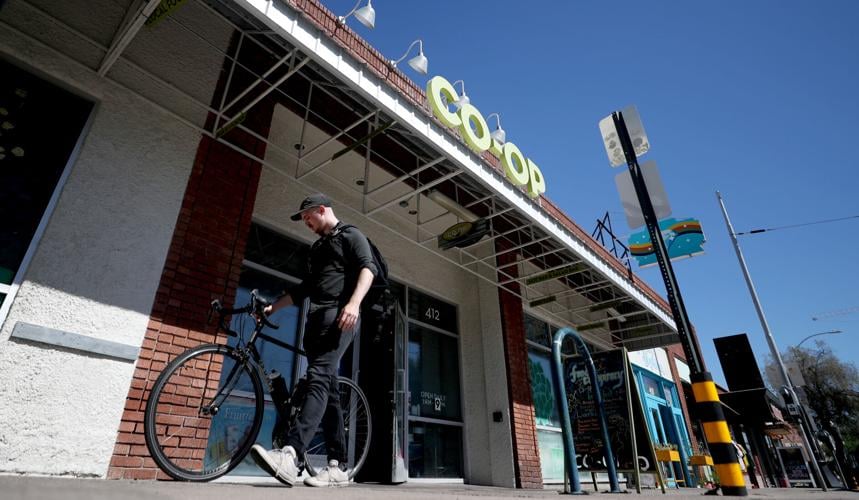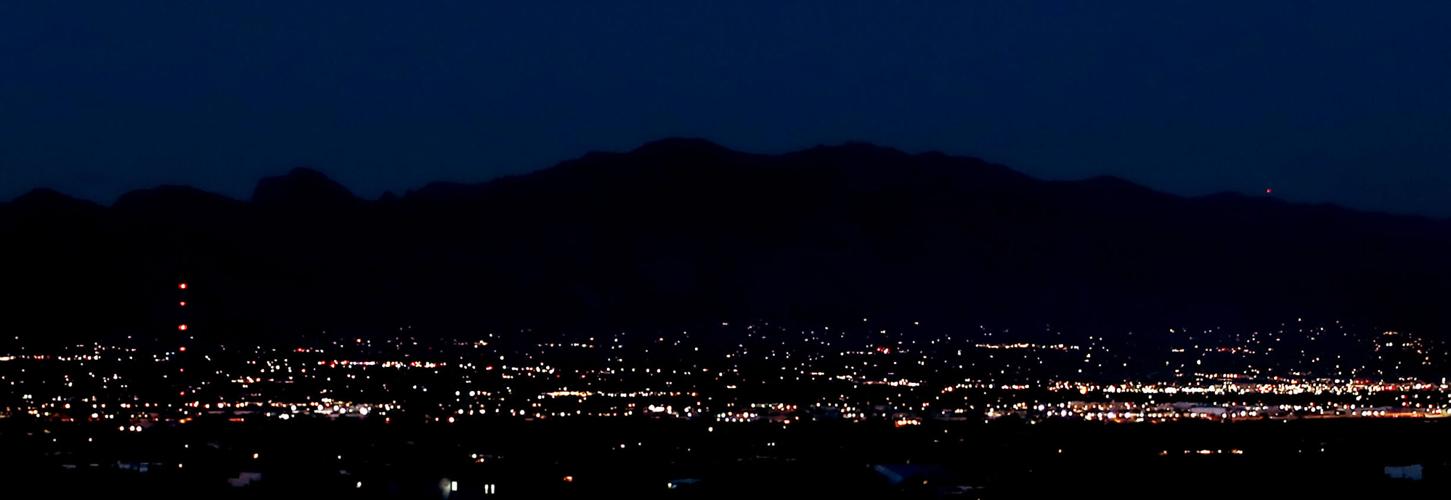If you’re a longtime resident of Tucson, just moved here, or somewhere in between, we found 10 books that offer varying views of life in Tucson.
University of Arizona Press, 2014
University of Arizona English Professor Aurelie Sheehan has a love-hate relationship with the place she’s called home since 2000.
“The sun is everywhere, in every nook and cranny, and there is no nook or cranny left cool or dim. A person could go mad in the heat. Zero nuance. There is crawling indoors for some relief, and there is standing in the force field, and there is no in-between,” Sheehan wrote of Tucson.
“Demigods on Speedway” brings an outside view into the web of community in Tucson. How often do Tucson residents say “it’s a small world” when finding an obscure connection to a coworker or ex-girlfriend? The collection of short stories is a snarky rendition of this phenomenon. All of Sheehan’s characters could easily be spotted working at a downtown restaurant or driving down Interstate 10.
The Tucson environment is shockingly accurate. Sheehan describes driving on I-10 with “a Starbucks in the cupholder and a vague attention to a stretch of highway notable for its ugliness, give or take a few patches of cacti, a kitschy ostrich farm and Picacho Peak, a lump of molten lava people climb when they have nothing better to do.”
Holt Paperbacks, 2018
Author Chelsea Hodson waxes nostalgic for her native Tucson in her memoir.
Hodson moved to New York City from her native Tucson in search of something bigger. Instead, she finds that she misses Tucson’s community, homeliness and freedom.
“I romanticize the desert because there’s so much quiet, so much empty space,” she wrote. “It feels as if anything could happen there, that I could meet anyone, that a coyote could emerge from behind a saguaro and wear sheep’s clothing, and I could fall for it and I could be happy.”
Hodson sees Tucson as a beautiful place full of excitement where anything could happen.
“In Tucson, I rode my bike until the heat turned into something else, something alive, something I could make my own — my cheeks flushed red, I sweat out any water I drank, and I didn’t care — that was just how I moved from one place to the next in 90 degrees.”
Random House Children’s Books, 2018
Kathleen Glasgow tells the story of Charlie, a girl who moves to Tucson right after being released from a Minnesota mental hospital. She is given no support and no money and is forced to reconcile with herself while struggling to pay rent in an unfamiliar place. Tucson is not always kind to Charlie and the open space leaves her nowhere to hide. She is forced to find her footing and learns to cope by finding a community in Tucson.
Glasgow, a who moved to Tucson at 11 years old, describes the city as funky, eclectic and unbearably hot. Her heroine, Charlie, scavenges for food at the co-op. “It’s after ten o’clock when I ride over to Fourth Avenue and head down the alley behind the Food Conspiracy. I’ve been thinking about this since I came to the co-op the first time — this would be the ideal place for vegetables and fruit in the dumpster,” Glasgow writes.
You may also recognize the café “True Grit” where Charlie works. Although it’s fictional, it’s described as being right next to Dairy Queen on Fourth Avenue, which feels totally Tucson.
Harper-Torch, 1988
Barbara Kingsolver’s beloved classic takes readers on a road trip to Tucson, where “it was clear there was no one overlooking us. We would just have to find our own way.” The main character, Taylor Greer, finds herself driving from Kentucky to Tucson, where her car finally breaks down.
Kingsolver describes living in downtown Tucson where “the train would slow down and let out a long, tired scream.”
She keeps you guessing what parts of Tucson Greer visits, although the scenes she mentions feel distinctly Tucson. She describes a fictional Roosevelt Park, “which the neighborhood kids called such names as dead grass park and doo doo park… There were only a couple of shade trees, which had whole dead parts, and one good-for-nothing palm tree.”
Kingsolver says the town is prickly and “everything alive has thorns.”
“The sloped desert plain that lay between us and the city was like a palm stretched out for a fortuneteller to read, with its mounds and hillocks, its lifelines and heart lines of dry stream beds,” giving it an air of wisdom, she wrote.
More in store
Here are a few more books where Southern Arizona takes on the role of main character:
“Hayduke Lives!” by Edward Abbey
“The Turquoise Ledge: A Memoir” by Leslie Marmon Silko
“The Quick and the Dead” by Joy Williams
“Don’t Skip out on me” by Willy Vlautin
“The Lost Letter” by Jillian Cantor
“Rim to River” by Tom Zoellner
Take our latest video quiz to test your knowledge of Tucson history and facts.





